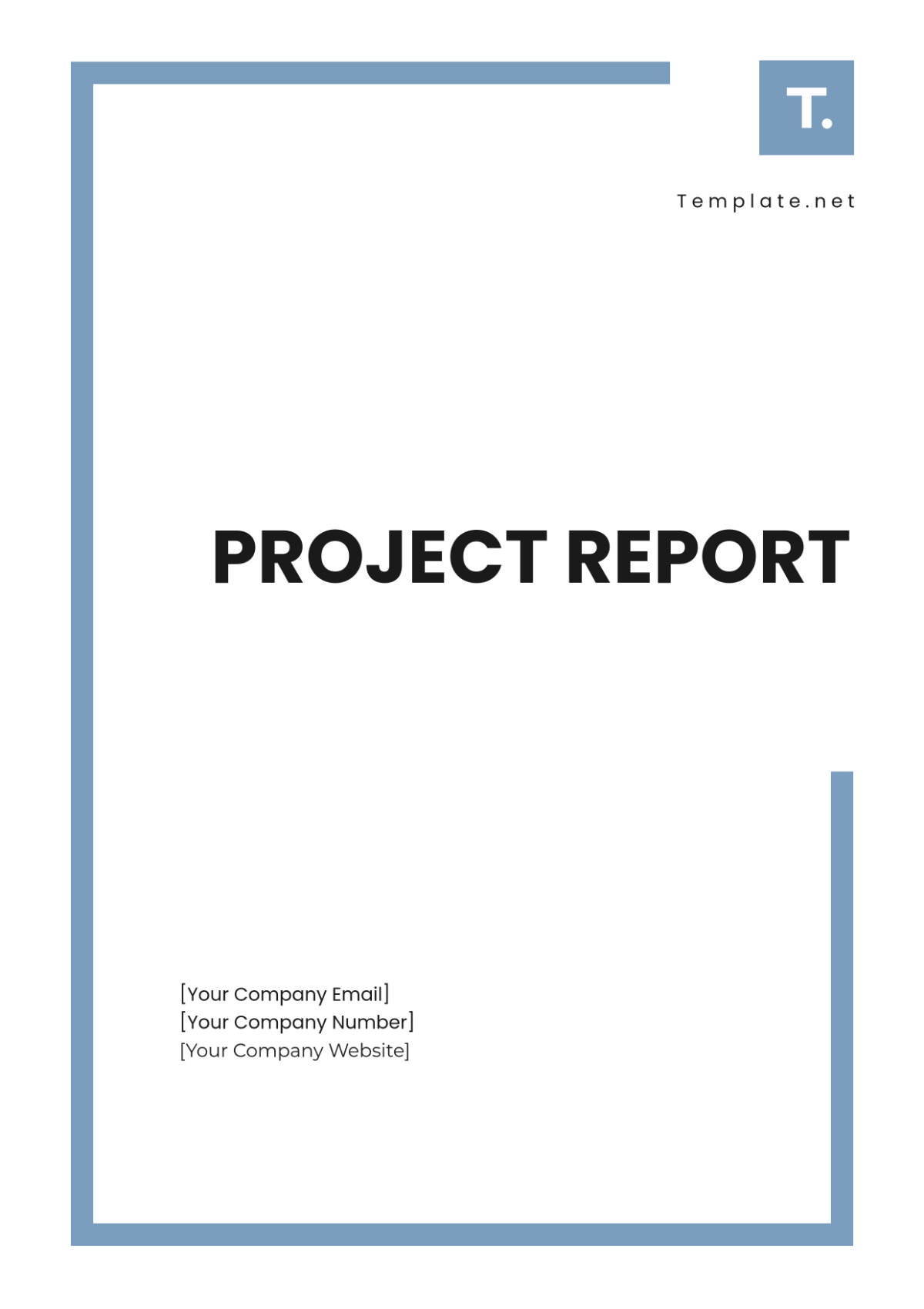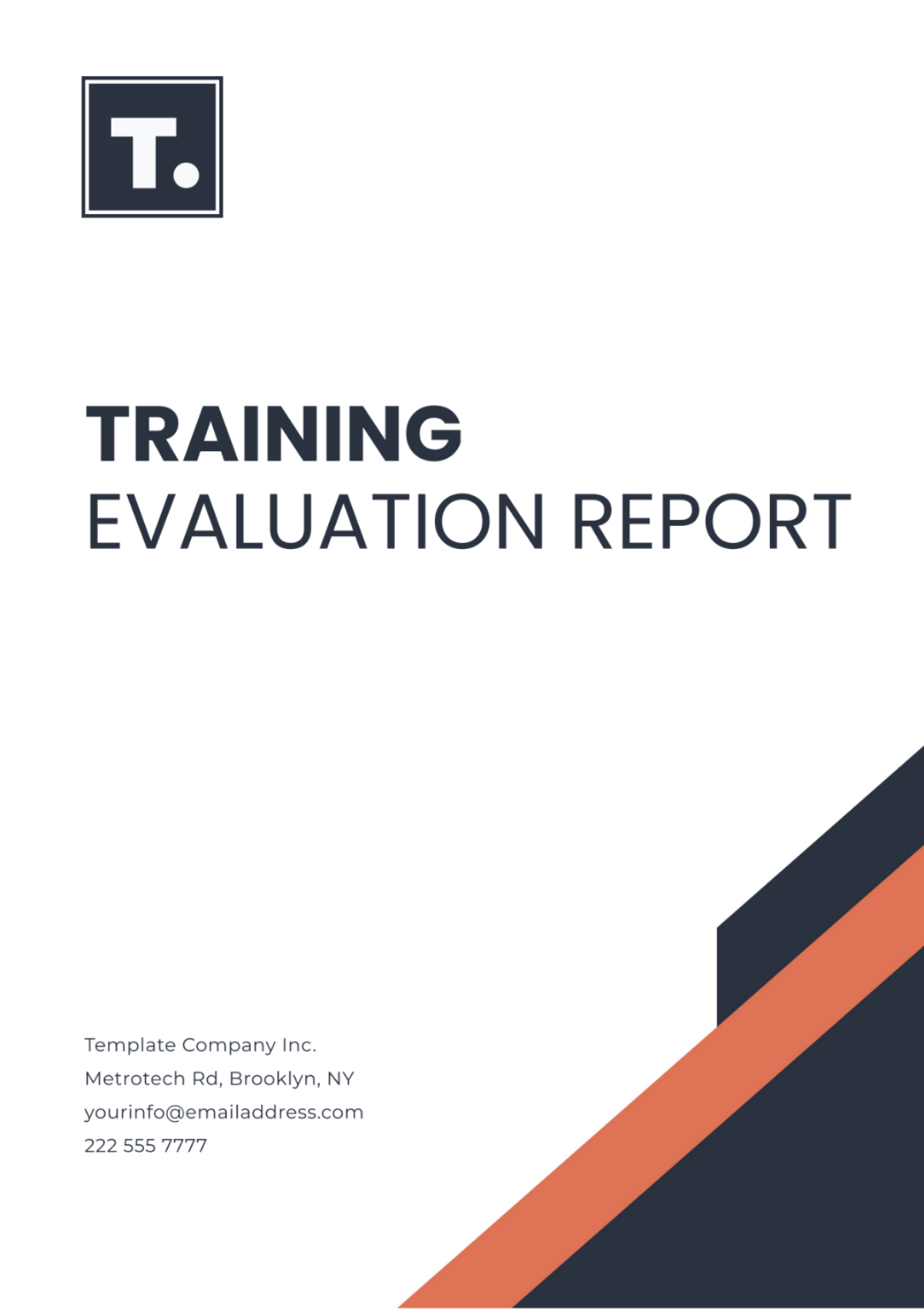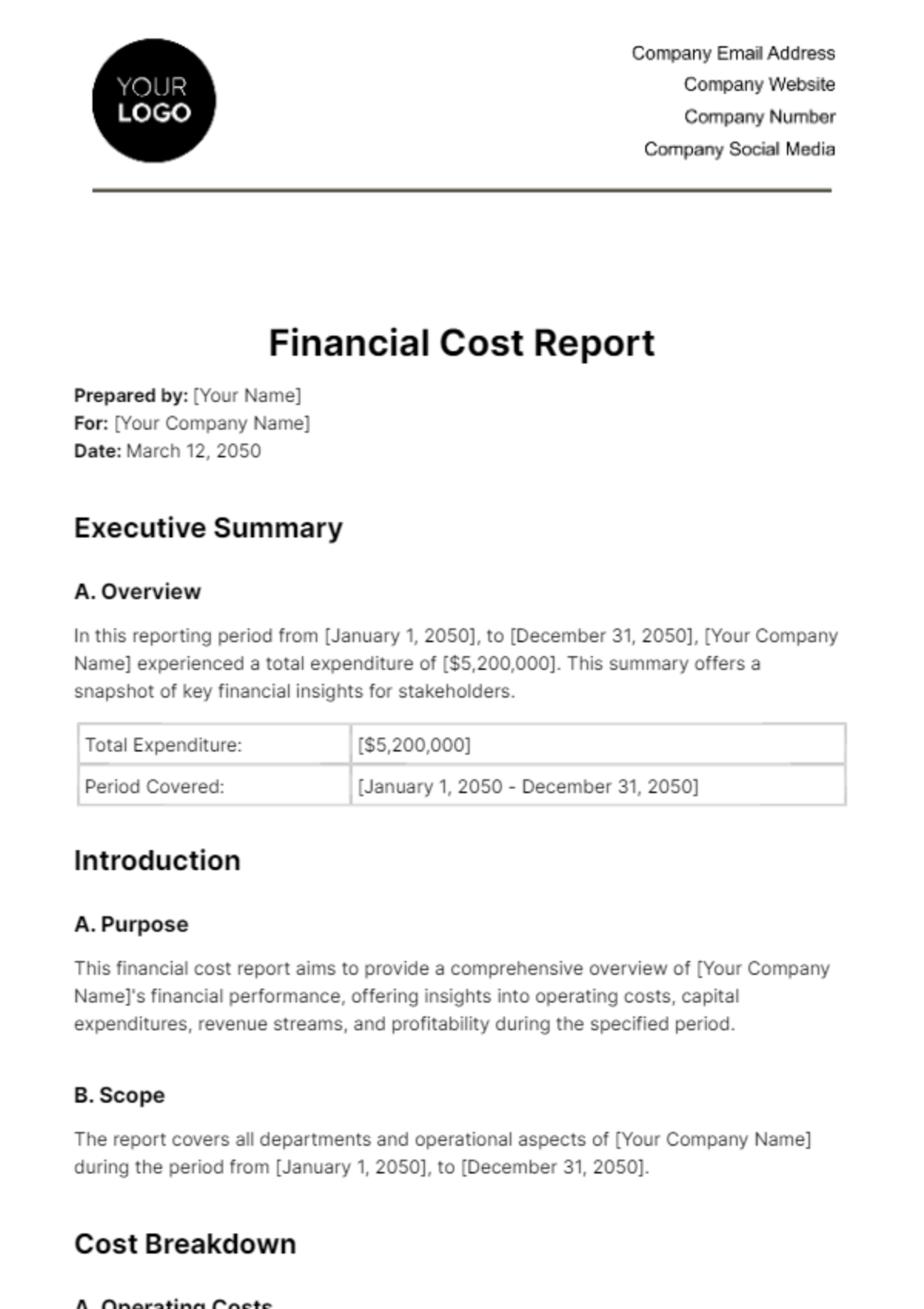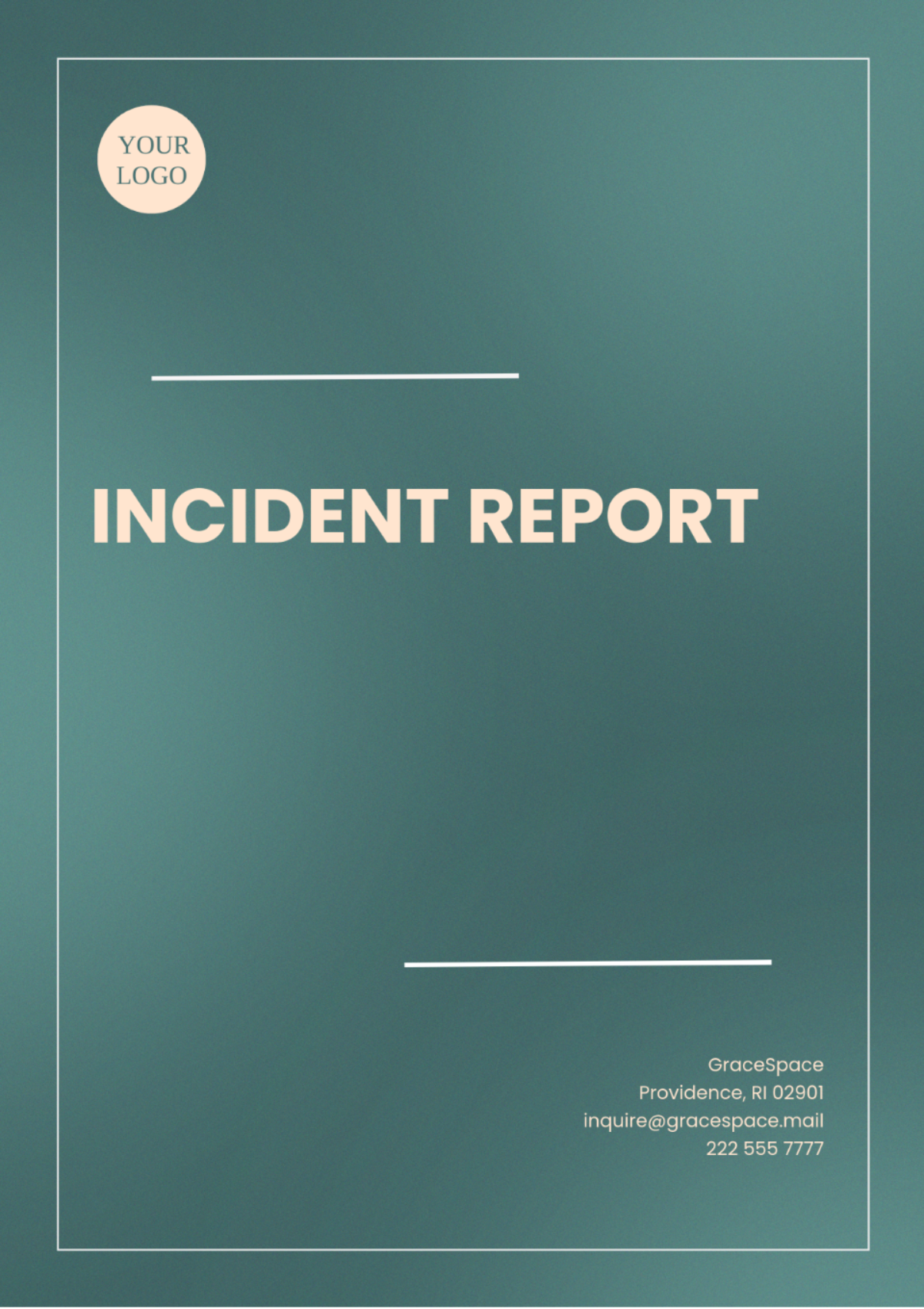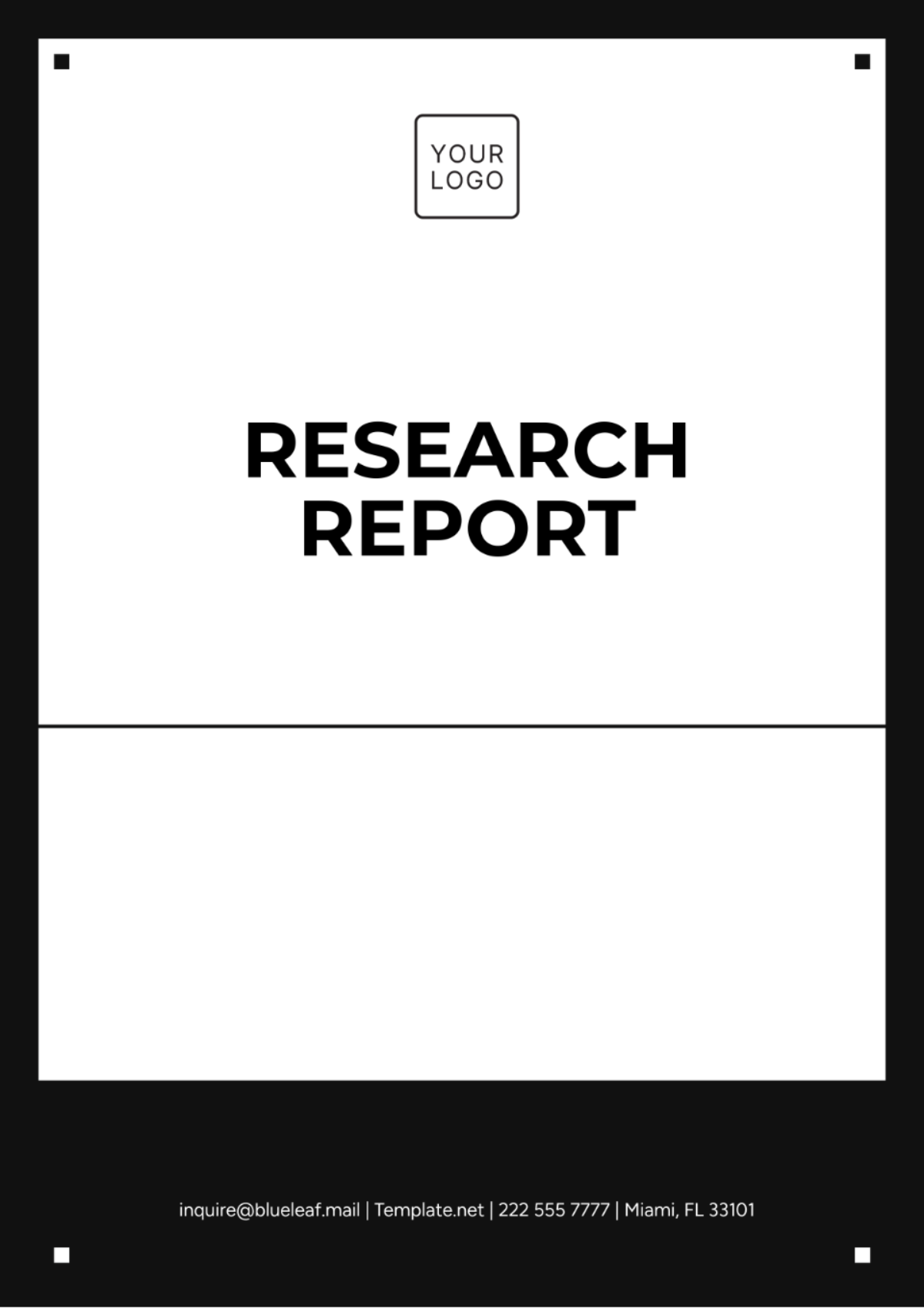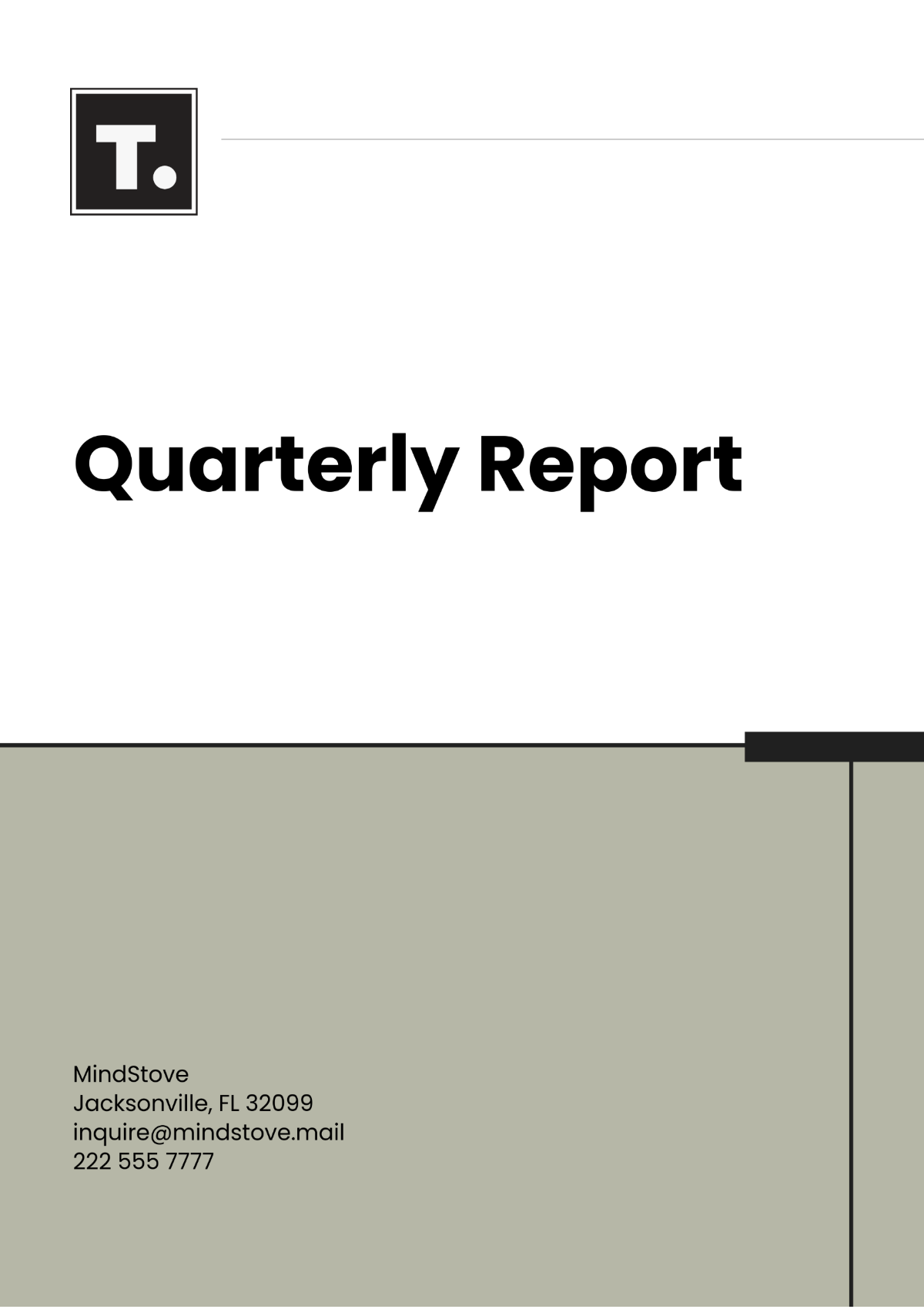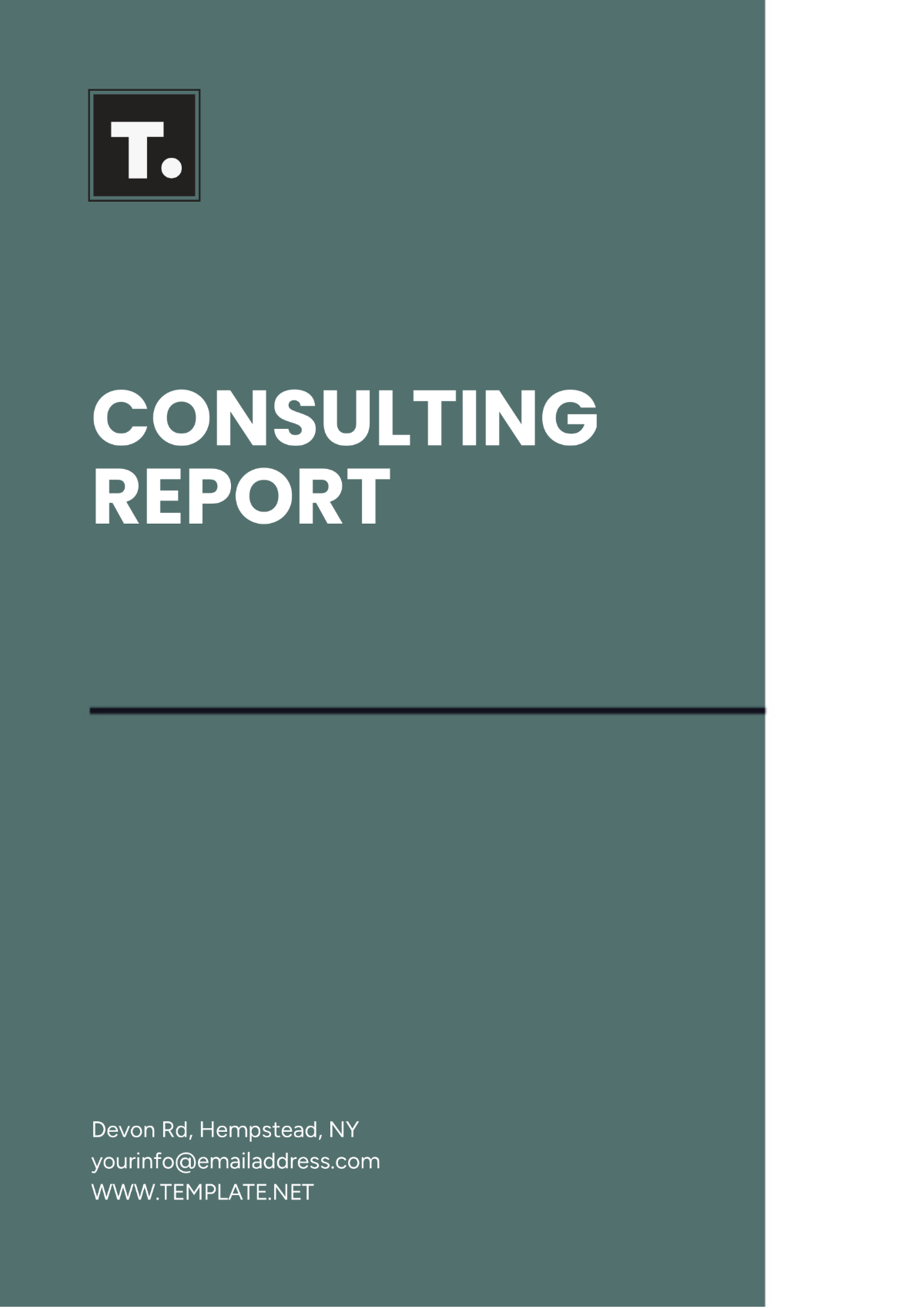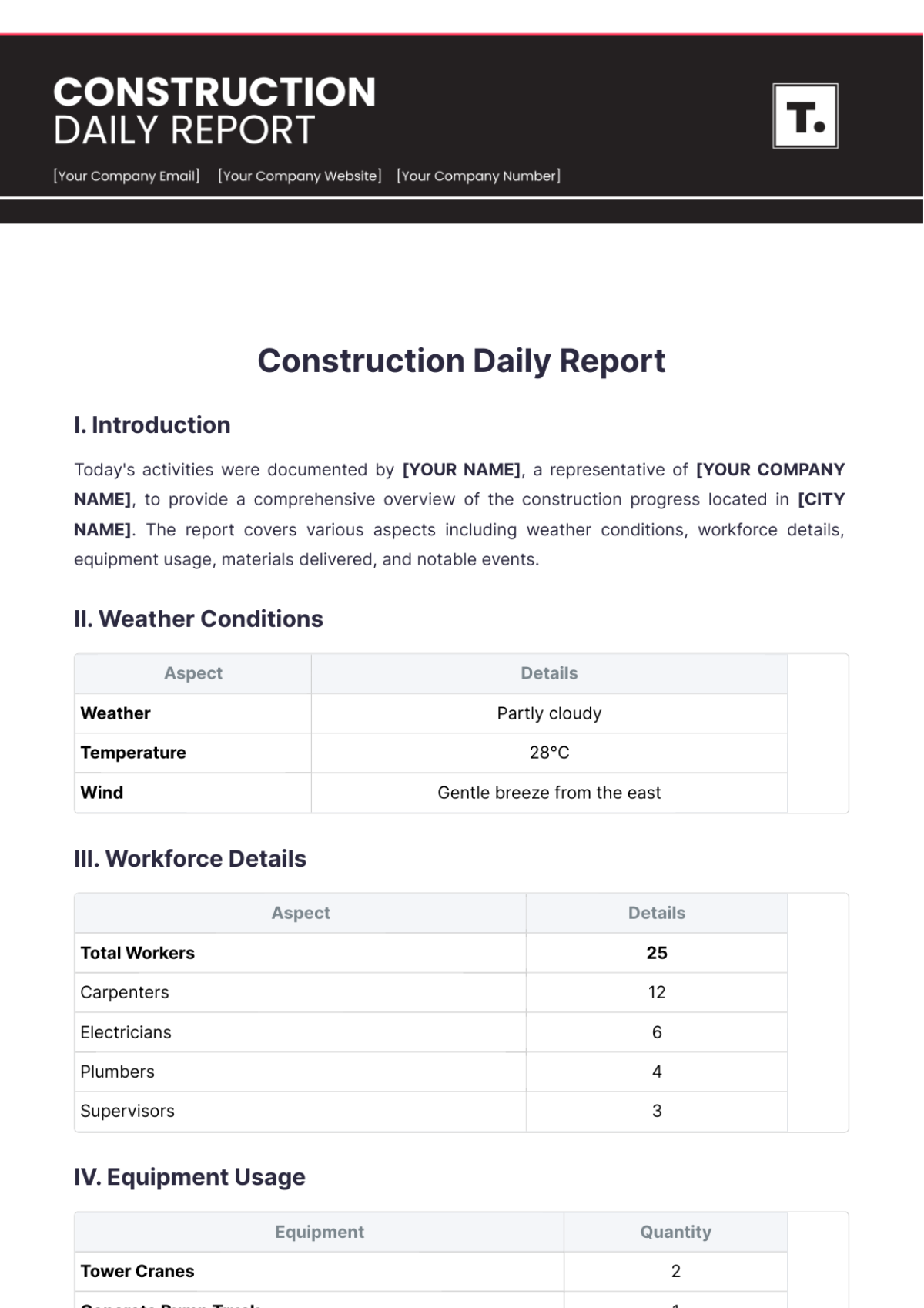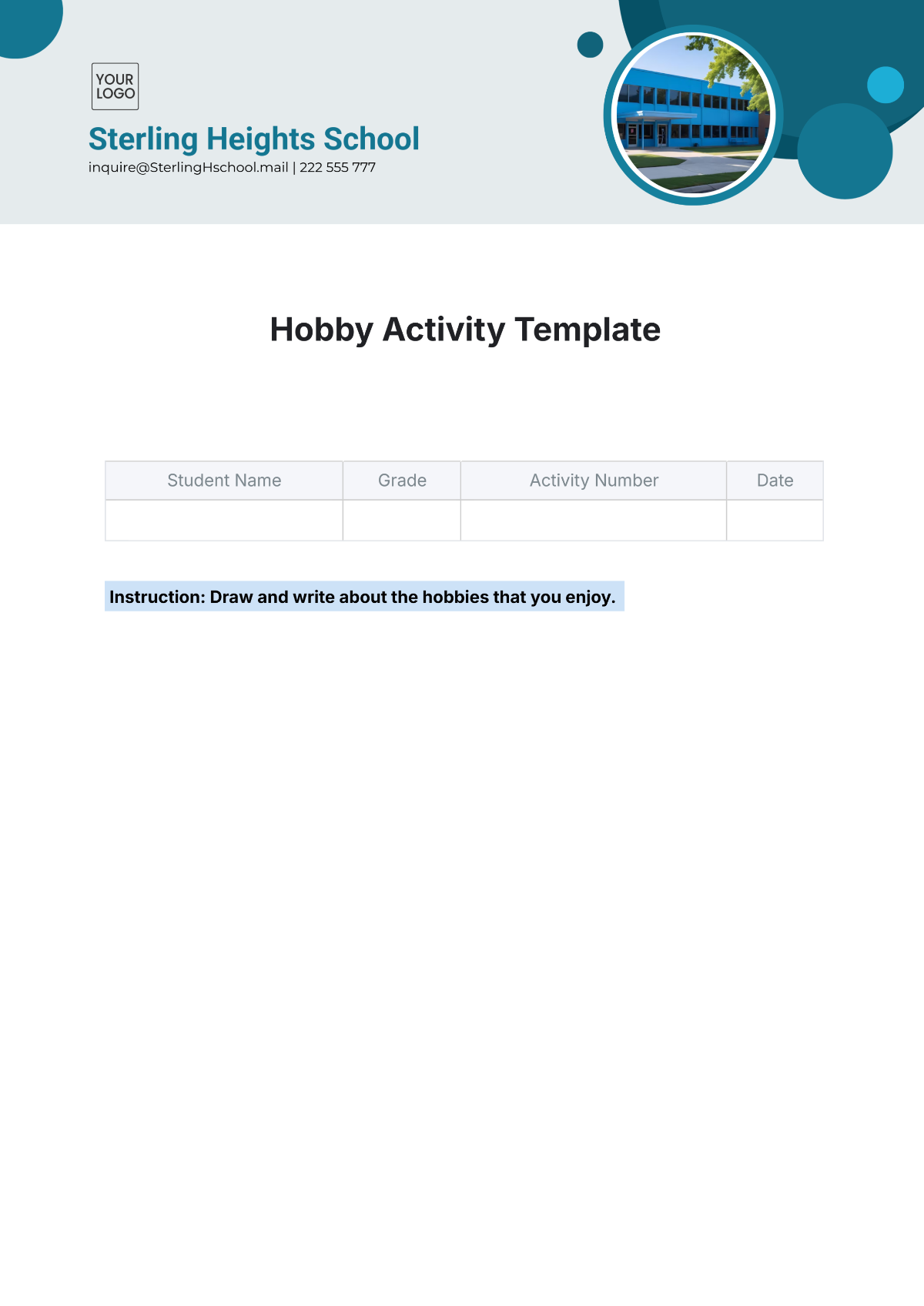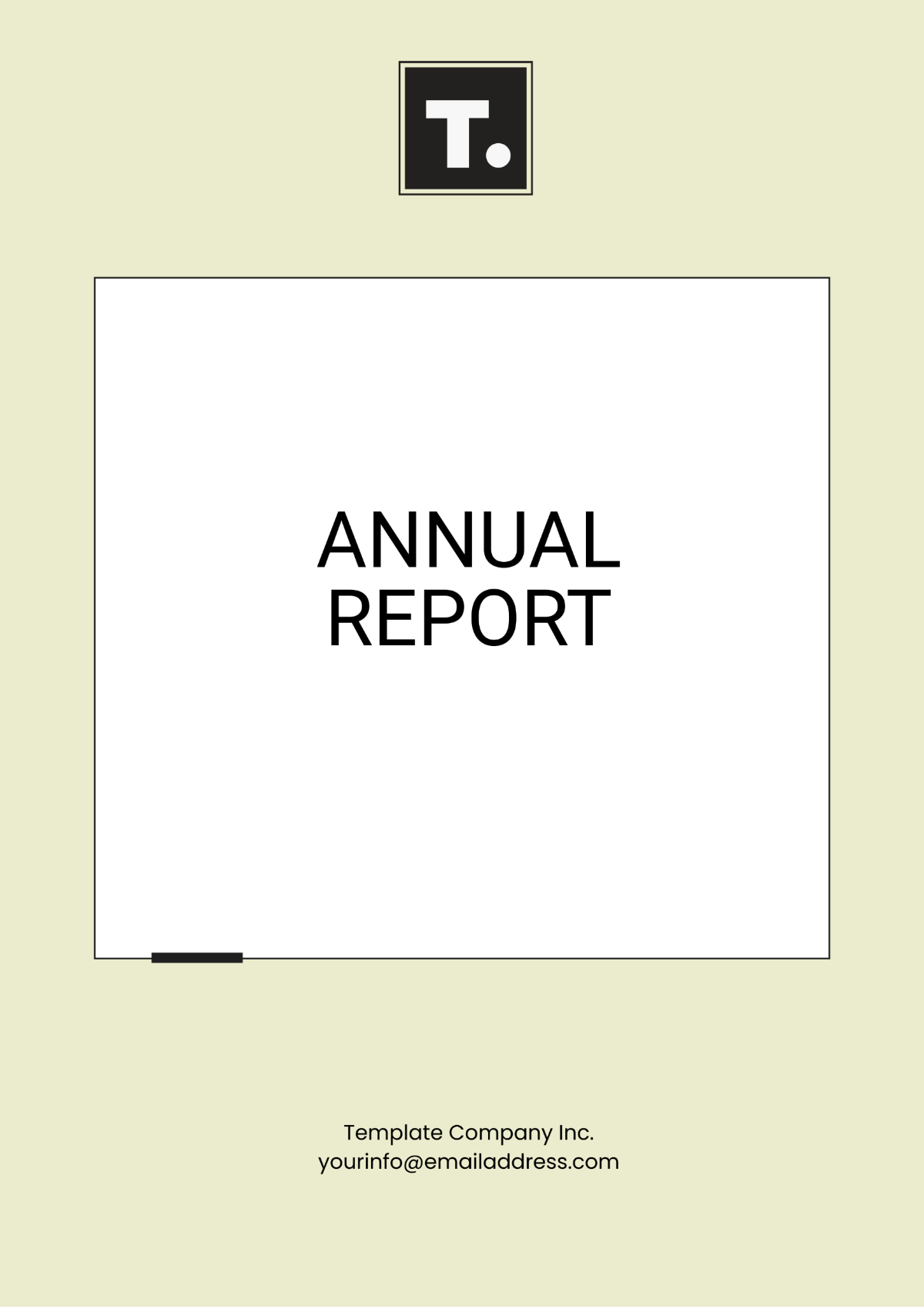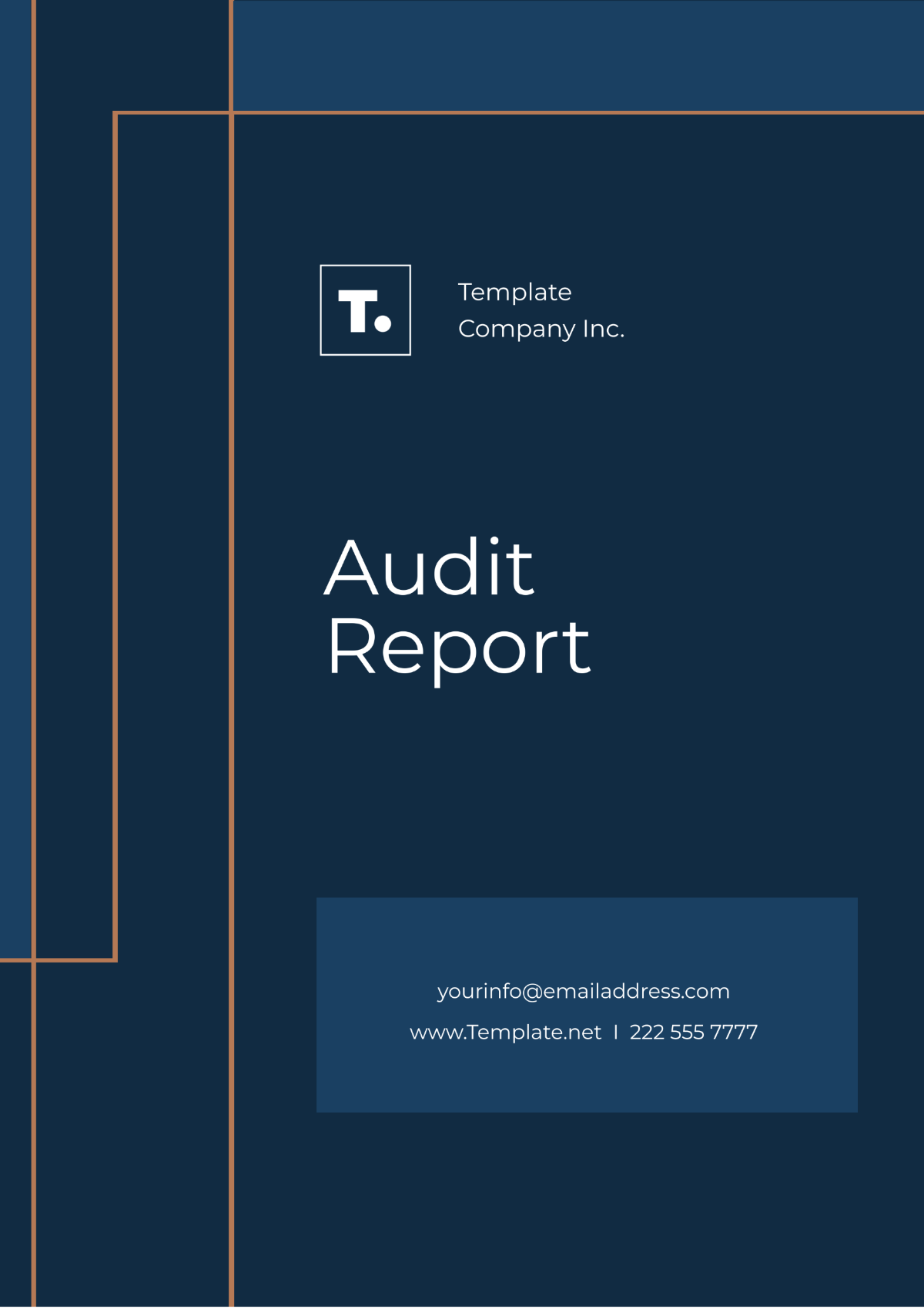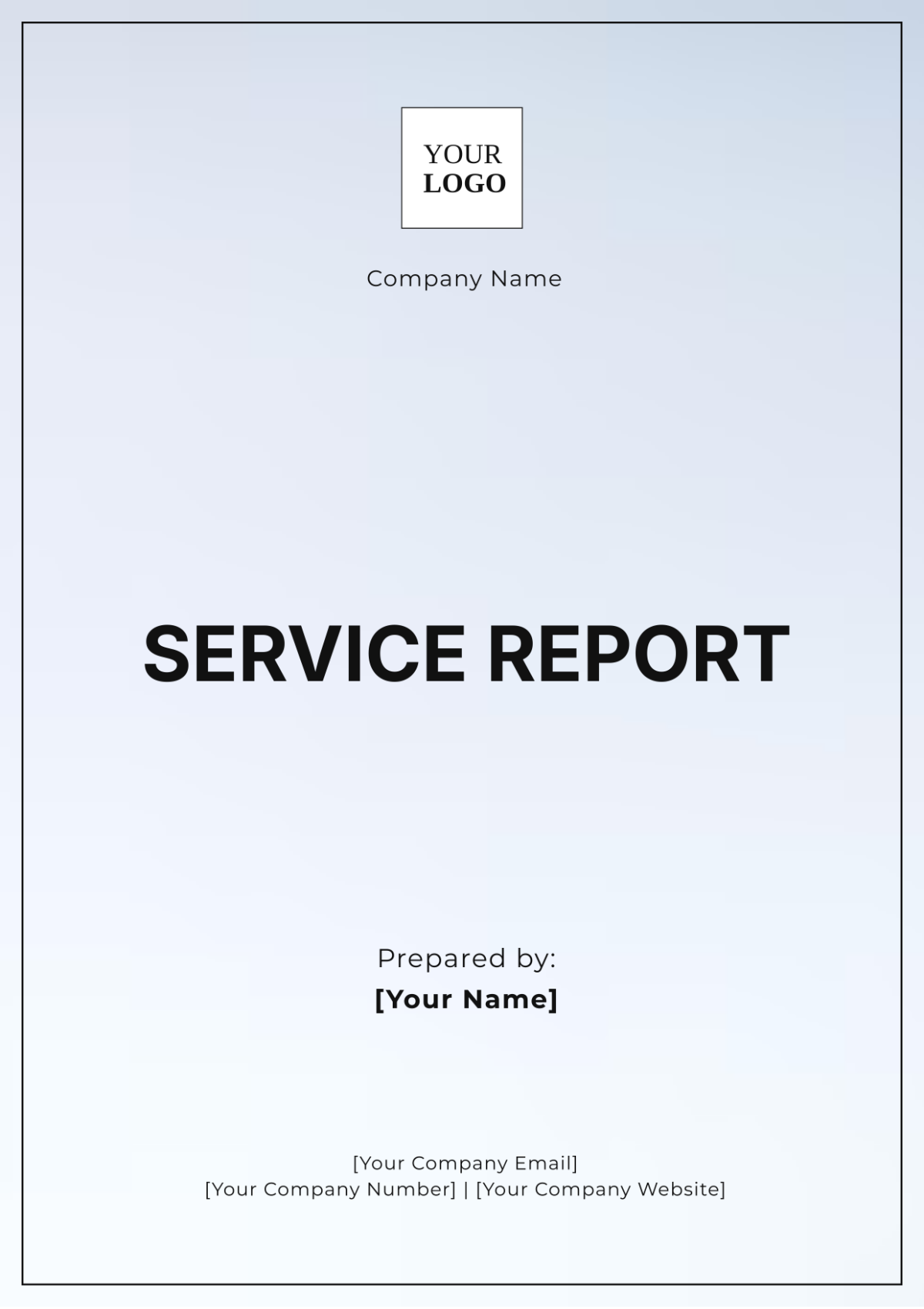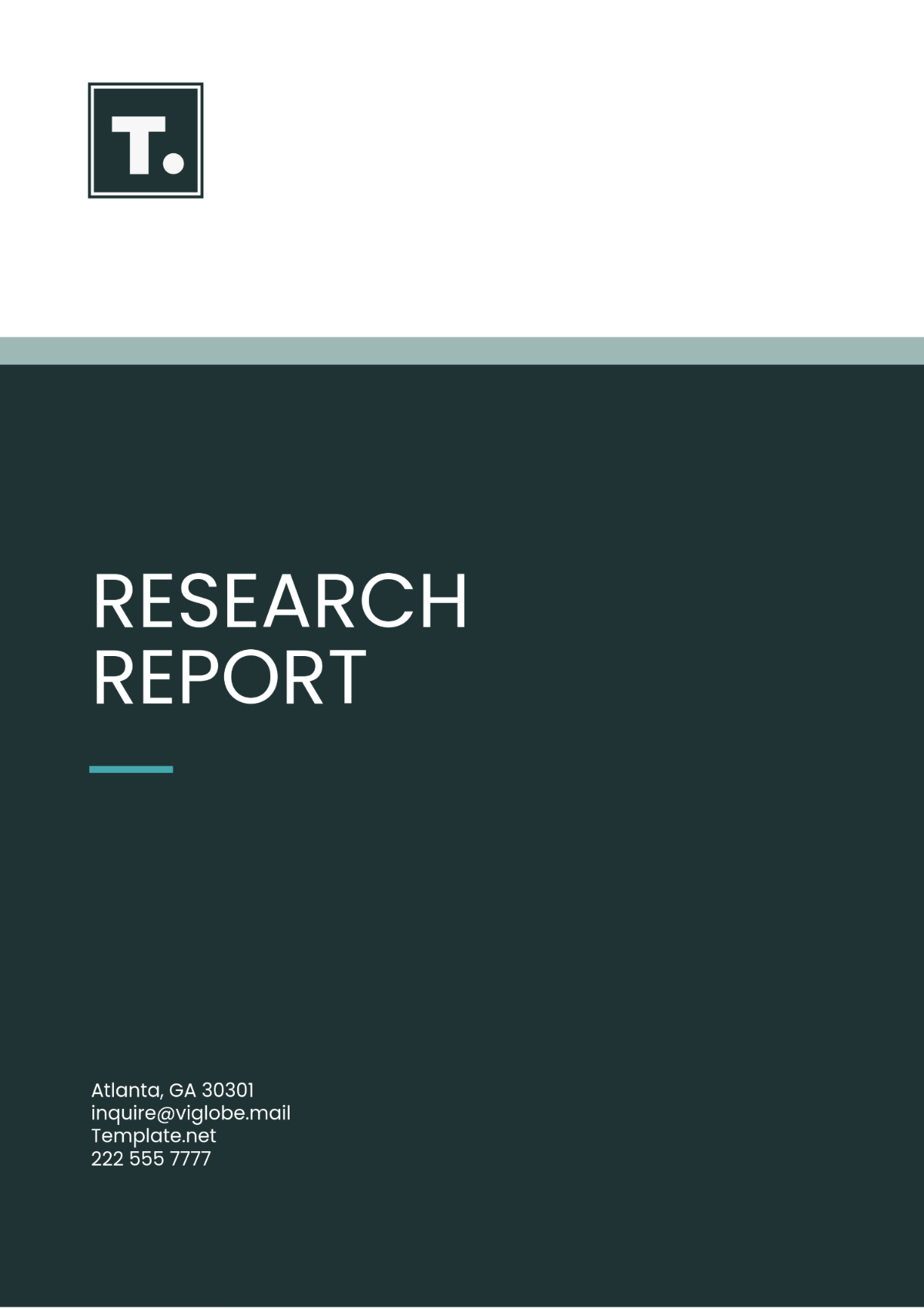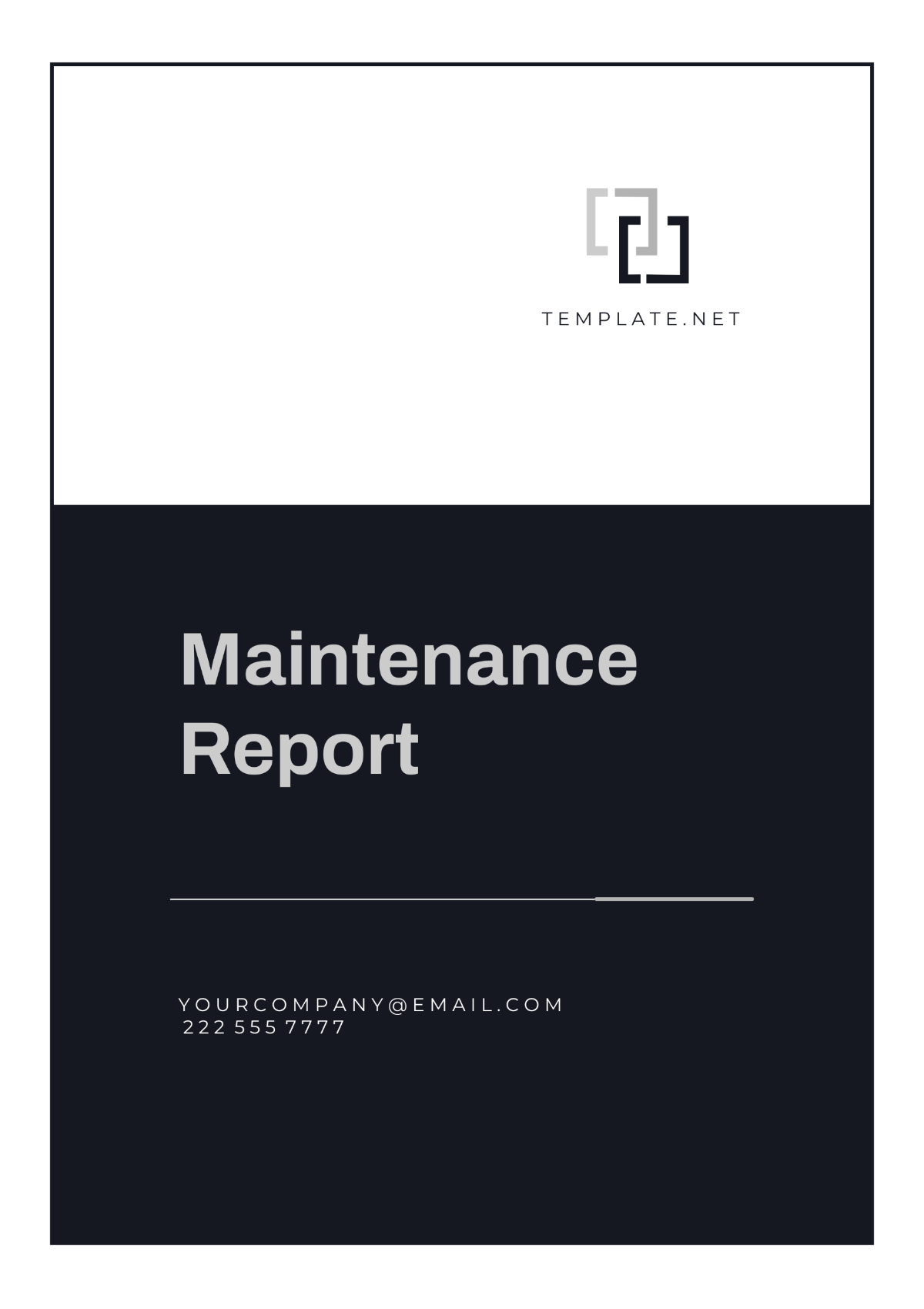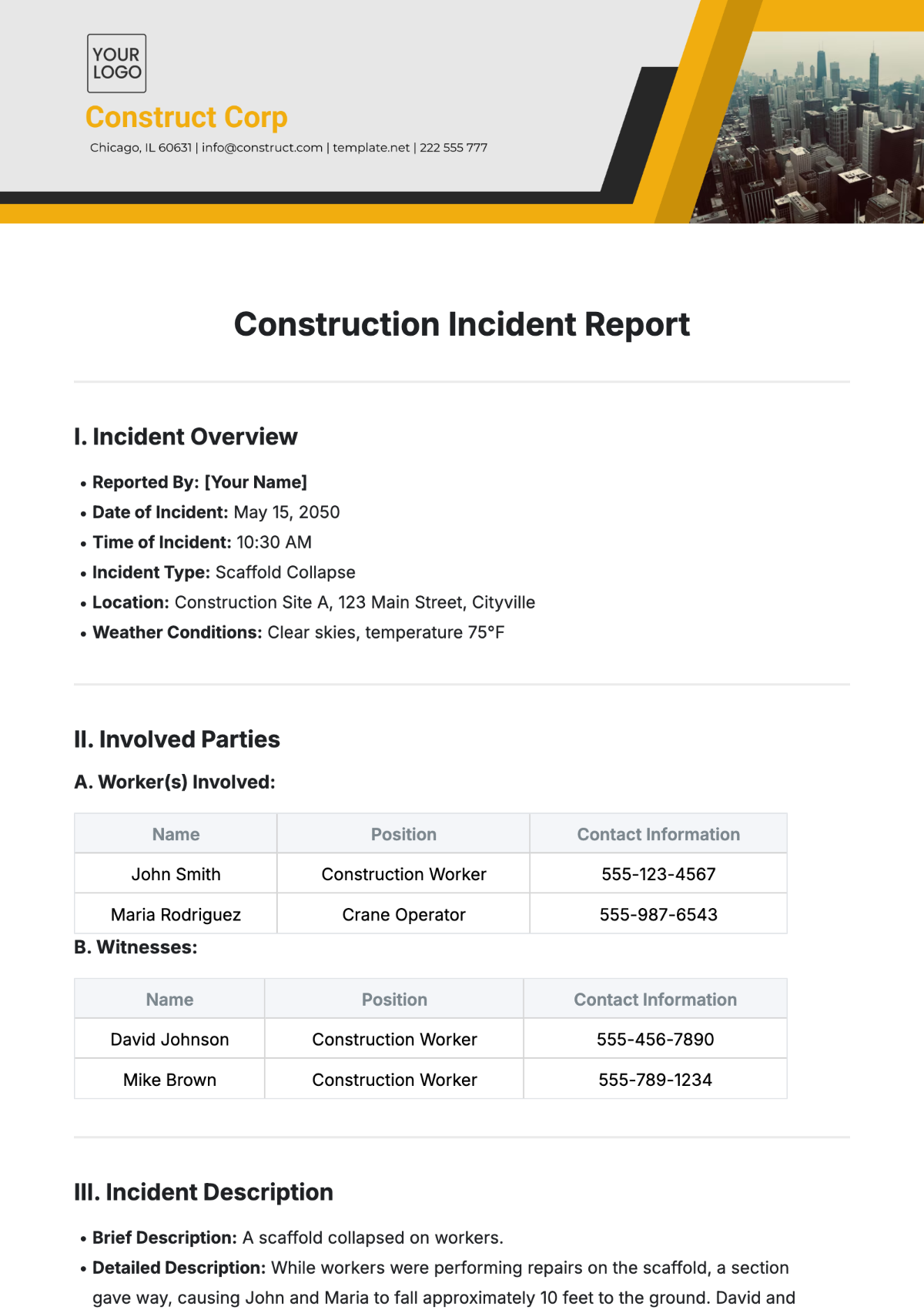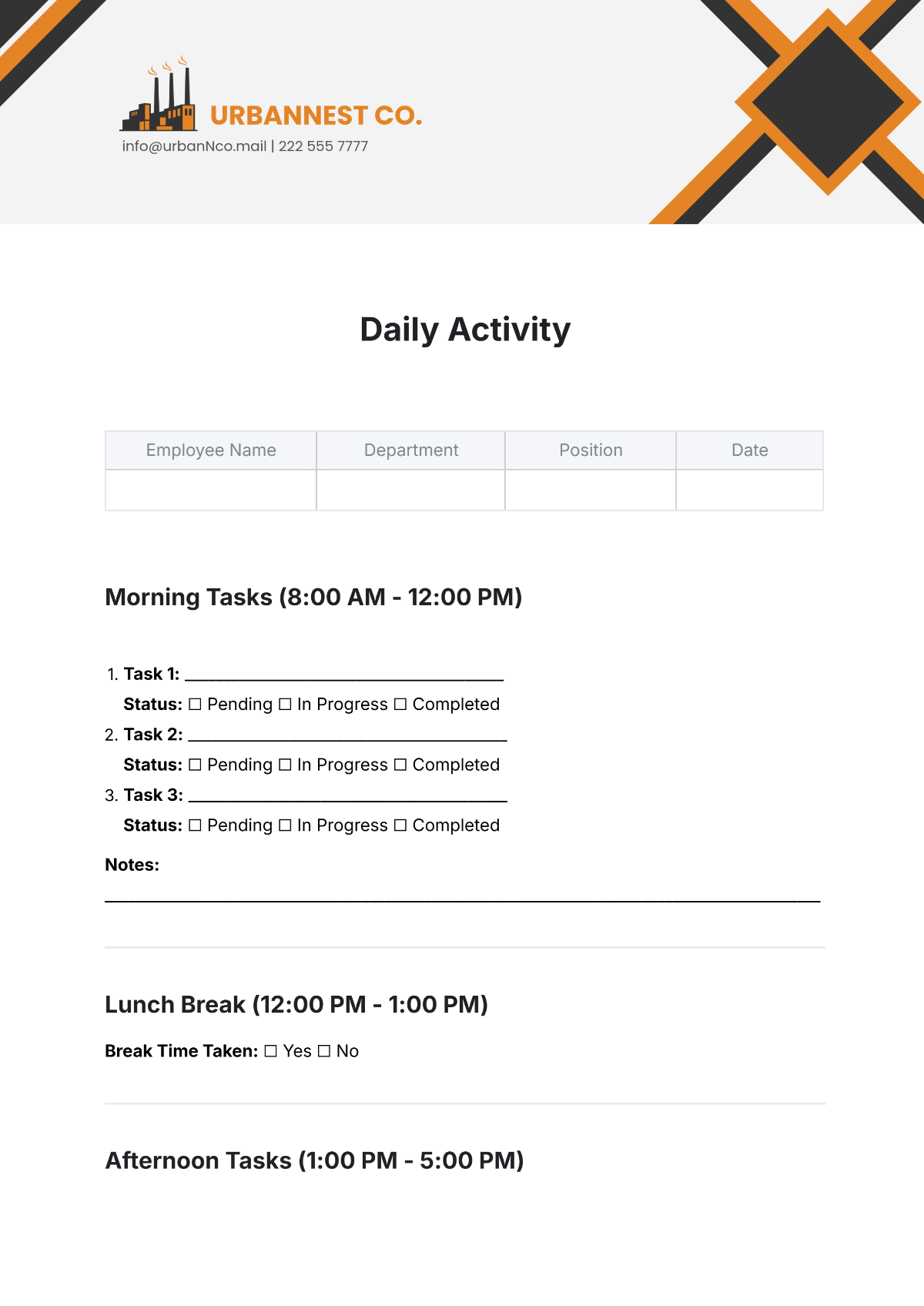Free Preventative Health and Safety Action Report Template
Preventative Health and Safety Action Report
Prepared by: [Your Name]
Company: [Your Company Name]
Date: January 1, 2053
1. Introduction
1.1 Purpose of the Report
This report aims to outline the preventive health and safety actions taken to address potential hazards in the workplace and enhance employee safety. The report evaluates the effectiveness of these actions and provides recommendations for continuous improvement.
1.2 Scope of the Report
The scope of this report includes a review of the primary health and safety risks identified within [Your Company Name], the actions implemented to mitigate these risks, and the ongoing measures taken to ensure a safe and healthy environment for all personnel.
1.3 Overview of Health and Safety Goals
The goal of the health and safety program is to minimize accidents and health-related incidents, foster a safe work environment, and ensure compliance with relevant safety regulations.
2. Health and Safety Risks and Hazards
2.1 Identified Hazards
Physical Hazards:
Risk of equipment-related injuries due to high-speed automated machinery.
Slippery floors in the warehouse due to occasional spills.
Chemical Hazards:
Exposure to nanomaterial waste in the research labs.
Risk of chemical burns from improperly stored reactive compounds.
Biological Hazards:
Potential exposure to bioengineered viruses in the biotechnology wing.
Mold growth in older storage units.
Ergonomic Hazards:
Increased reports of back strain from assembly line workers.
Improper workstation setups lead to repetitive strain injuries in-office staff.
Psychosocial Hazards:
Reports of workplace stress linked to increased production targets.
Limited access to mental health support for shift workers.
2.2 Risk Assessment and Analysis
High-Priority Risks:
Machinery-related injuries: Likelihood – High, Impact – Severe.
Chemical exposure in labs: Likelihood – Medium, Impact – Severe.
Medium Priority Risks:
Ergonomic strain: Likelihood – High, Impact – Moderate.
Workplace stress: Likelihood – High, Impact – Moderate.
3. Preventative Measures and Actions
Actions Implemented
Physical Hazards:
Installation of safety barriers and guardrails around machinery
Regular floor inspections and immediate repair of hazardous surfaces
Chemical Hazards:
Proper labeling and storage of chemicals
Employee training on safe handling procedures
Biological Hazards:
Regular cleaning and disinfecting protocols
Availability of personal protective equipment (PPE) like masks and gloves
Ergonomic Hazards:
Ergonomic workstation adjustments (e.g., adjustable chairs, desks)
Regular breaks and exercises to reduce strain
Psychosocial Hazards:
Employee assistance programs (EAP)
Stress management workshops and team-building activities
4. Implementation and Monitoring
4.1 Implementation Plan
The preventative measures were rolled out across all departments, with clear timelines for each action. Key personnel were assigned responsibilities to ensure the proper execution of safety protocols.
4.2 Monitoring and Reporting
Safety Audits: Regular safety audits are conducted to assess the implementation of preventative actions.
Incident Reporting: A clear and confidential incident reporting system has been established to capture any health or safety concerns.
4.3 Key Personnel Responsible
Safety Manager: Overall responsibility for health and safety program implementation.
Department Heads: Ensuring compliance within respective departments.
Safety Officer: Conducting regular inspections and audits.
5. Training and Awareness
5.1 Training Programs
Health and Safety Orientation: All new employees undergo a comprehensive health and safety induction program.
Specialized Training: Employees handling hazardous materials receive specific training on chemical safety, ergonomics, and emergency procedures.
Ongoing Education: Regular safety briefings, workshops, and online training modules ensure employees remain up-to-date with safety practices.
5.2 Awareness Campaigns
Posters and Signage: Visual reminders of health and safety protocols are displayed in key areas.
Newsletters: Regular safety updates are sent out to staff via email or the company intranet.
6. Performance and Effectiveness Evaluation
6.1 Evaluation Methods
Safety Metrics: Tracking of incidents, accidents, near-misses, and safety audits.
Employee Feedback: Surveys and interviews are conducted to assess employee satisfaction with safety measures.
Safety Meetings: Regular meetings are held to discuss safety concerns, updates, and improvements.
6.2 Key Performance Indicators (KPIs)
Reduction in accident rates
Increased employee engagement in safety training
Improved compliance with safety protocols during audits
7. Challenges and Barriers
7.1 Identified Challenges
Resistance to Change: Some employees are reluctant to adapt to new safety procedures.
Resource Constraints: Limited budget for purchasing advanced safety equipment.
Lack of Time: Insufficient time for training during busy periods.
7.2 Mitigation Strategies
Increased communication and involvement of employees in the decision-making process.
Prioritization of high-impact safety initiatives within the available budget.
Scheduling training sessions during quieter work periods.
8. Recommendations for Improvement
Recommendations
Increased Investment in Safety Equipment: Allocate additional funds for upgrading PPE and other safety tools.
Expanded Training Programs: Develop more in-depth and specialized training programs for specific roles.
Stronger Employee Involvement: Encourage employee participation in safety planning and feedback collection.
9. Conclusion
This report highlights the successful implementation of several preventive health and safety measures within [Your Company Name]. While progress has been made, ongoing efforts are necessary to address emerging risks and maintain a safe work environment. Continuous monitoring, employee engagement, and improvement of safety protocols will remain a priority for the organization.

